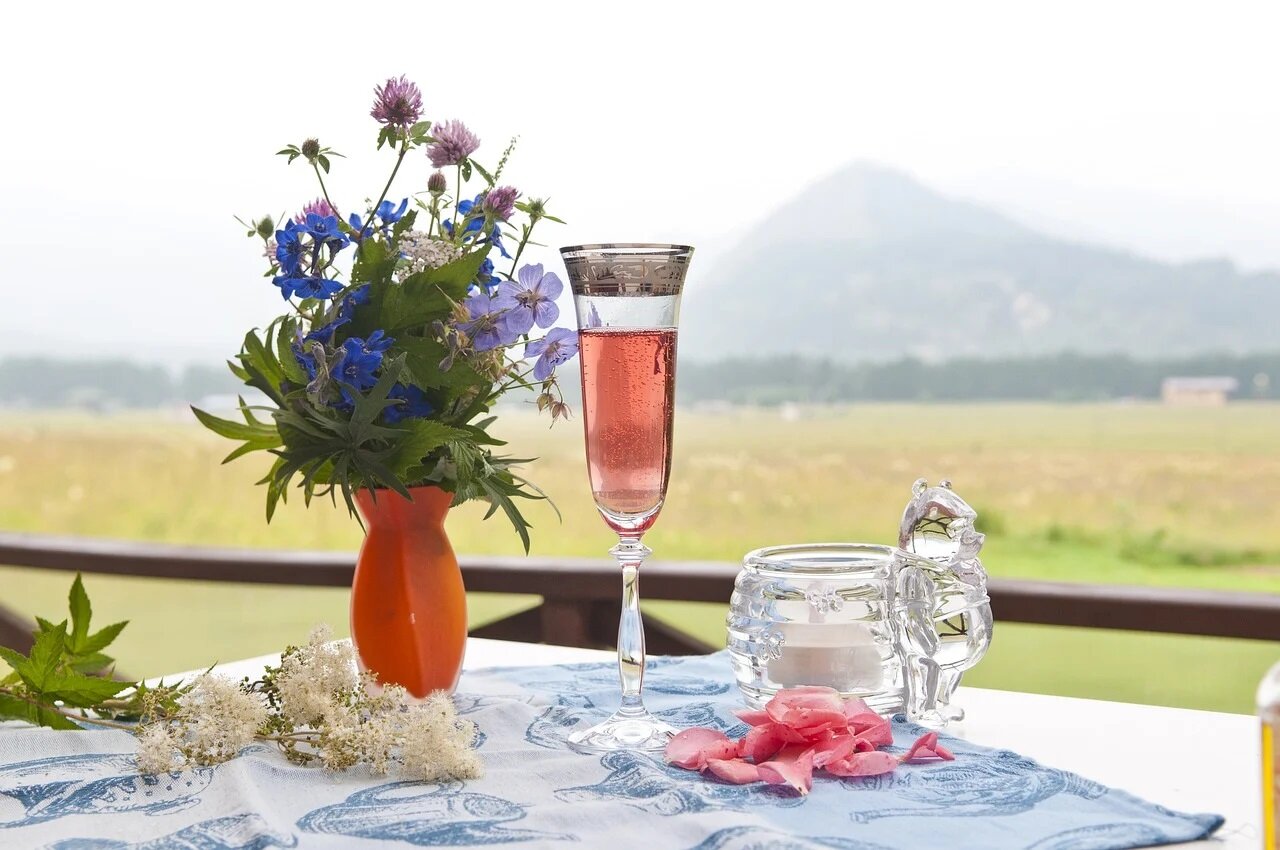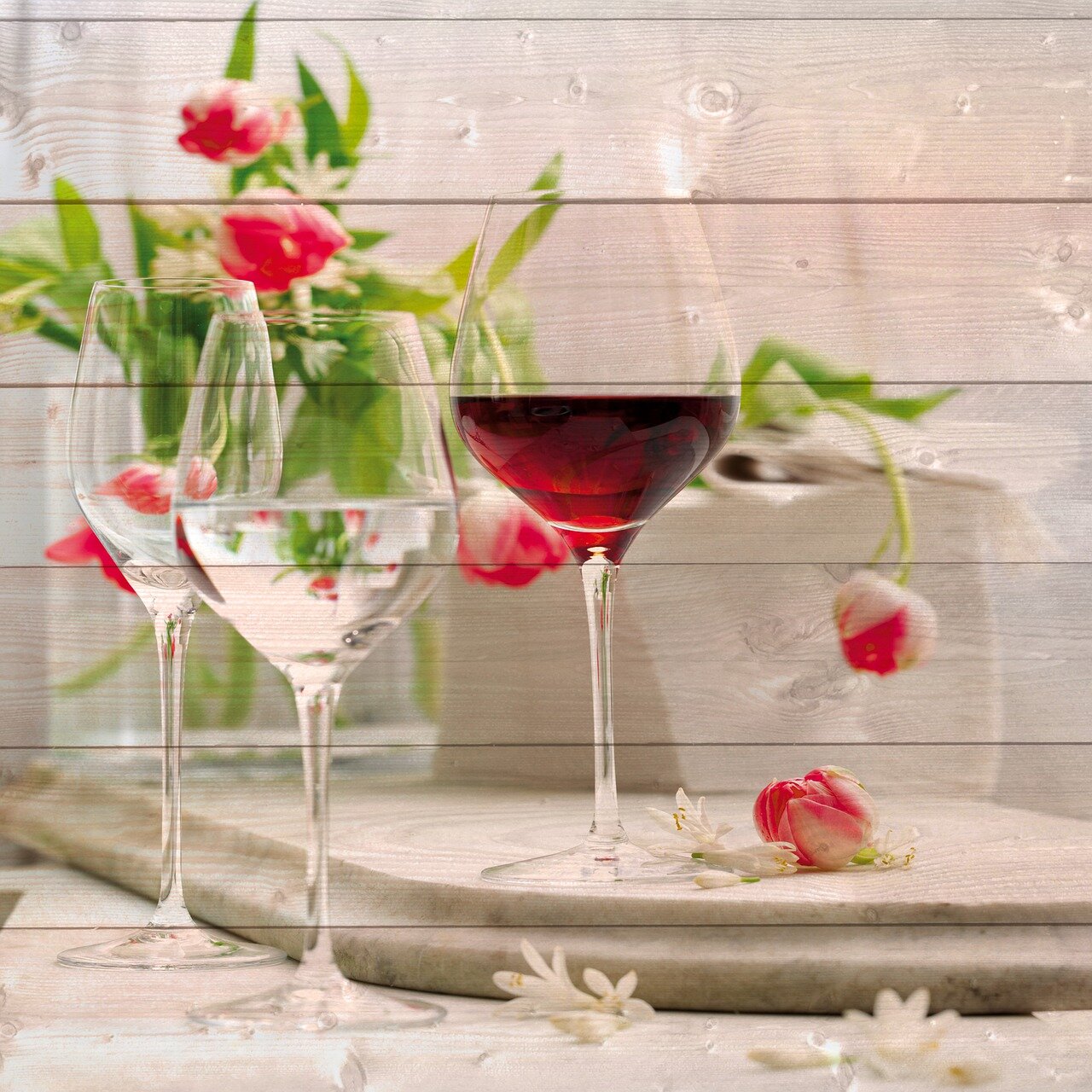
“Little darling, it’s been a long cold lonely winter / Little darling, it seems like years since it’s been here / Here comes the sun, do, do, do, do / Here comes the sun / And I say / It’s all right”
Dear reader,
Spring is here, at last. And after having published blog posts here about summer, autumn/fall and winter, we finally wrap up the four seasons – even if amidst a seemingly endless scenario of the pandemic.
When one thinks of spring, many positive things come in mind: the end of the terrible winter cold, the greening of the landscapes, brighter days… for us, it means flowers. Colours, scents, vivacity… a natural perfume in life.
Let’s dig into some wines that smell like spring – or, if you want to have it more technical, wine styles that are notable for their floral aromas.
Why do some wines smell like flowers?
Among the many nuances of wine, aromas play a huge part – pleasant primary, secondary and tertiary aromas can be found in virtually every good wine.
Floral aromas are part of the primary ones, deriving from a variety of chemical compounds – most notably, esters, terpenes, and thiols.
Thanks to a larger concentration of these chemicals – usually found in a plant’s essential oils or in grapes’ skins and are much more easily felt when aerating a wine –, some varieties make much more aromatic and floral wines, with occasional noticeable citric or spice notes.
Of course, not necessarily any wine from a specific grape will give you a distinct floral aroma – but odds are good that you will be able to identify it if you are familiarized with wine tasting.

Chemistry talk aside, let’s get straight into business and dig into some wines that have these floral, spring-like aromas! A true bouquet – sorry for the inadequate borrowing, fellow wine experts.
Floral aromas you will find in wine
A quick selection with a little help from Wine Folly and Vine Pair…
Rose
This complex, delicate aroma can be found in different kinds of white and red wines, such as Gewürztraminer, Gamay, Pinot Noir, Grenache, Sangiovese and Nebbiolo. Compounds that provide it (as per Wine Folly): cis-rose oxide, β-damascenone, geraniol, nerol.
Geranium
When in high amounts, it is seen as a fault in the winemaking process since its chemical compound, geranium, is not a natural part of grape must. Styles that pleasantly display this aroma include quite different wines, such as Muscat, Gewürztraminer, Torrontés, Malbec and Petit Verdot.
Citrus blossom
This deliciously complex perfume, originated by compounds nerol, linalool and citronelle, can be found in very fragrant white wines as Riesling, Chenin Blanc, Viognier and Chardonnay.
(Check out fine wines among these that we currently offer for investment or delivery!)
White Flowers
Lilly, daisy, anyone? This very subtle note can be found in white wines such as Pinot Gris, Chenin Blanc, Torrontés, Pinot Blanc, Muscadet, Sémillon and Fiano. Jasmine notes, instead, can be also found in white Muscat and Viognier. The main compounds for white flower aromas in wine: α-terpineol, anisic acid, phenethyl alcohol.
Lavender, lilac
These unmistaken delicate aromas can be found in red wines such as Grenache, Syrah, Mourvèdre, Malbec, Petit Verdot, Tempranillo and Sangiovese, though a few white exceptions might include Torrontés and Gewürtztraminer. Its compounds: cis-rose oxide, linalool, nerol, geraniol.

Violet
Finer red wines display violet aromas (α-ionone). They are also bolder and more bodied, such as Merlot, Mourvèdre, Touriga Nacional, Petit Verdot, Petite Sirah, Syrah, Malbec and Cabernet Sauvignon.
* * *
ProFlowers have also suggested a few very interesting and complex suggestions of floral aromas you might want to check out in other wines, including magnolia (Moscato), peony (rosés), iris (Sauvignon blanc), and hibiscus (Lambrusco)!
Also: why not check out what we offer in terms of the finest wines with floral aromas?
* * *
Feeling inspired? Enjoy spring! Just watch out for pollen if you’re allergic…
Until next time!
